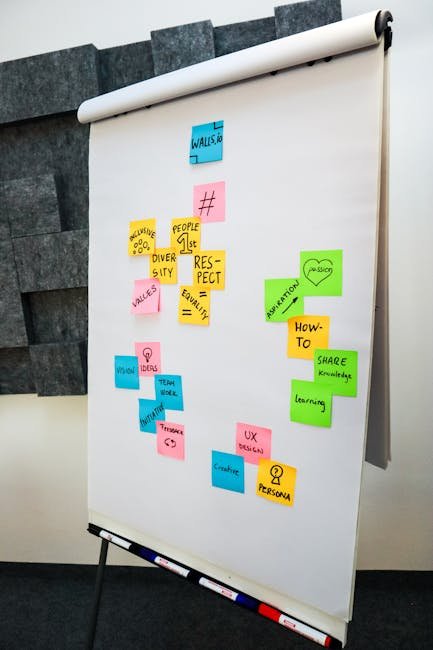Enhancing Inter-team Communication in Large Agile Projects
In the bustling world of agile projects, communication is the lifeblood that keeps everything flowing smoothly. But when it comes to large agile projects, where numerous teams are involved, ensuring seamless communication becomes a challenge. Let’s explore how to enhance inter-team communication in such environments, ensuring that every sprint is a success!
Table of Contents
1. Understanding the Communication Challenges in Large Agile Projects
2. Strategies for Improving Inter-team Communication
3. Tools to Facilitate Communication Across Teams
4. Building a Culture of Collaboration
5. Conclusion
6. FAQs
Understanding the Communication Challenges in Large Agile Projects 🤔
When multiple agile teams are working towards a common goal, miscommunication can easily become a roadblock. Different teams might have varying priorities, terminologies, or even time zones! These factors can lead to misunderstandings and delays. Recognizing these challenges is the first step toward addressing them effectively.
Strategies for Improving Inter-team Communication 📈
So, how do we break down these barriers? Here are a few strategies:
1. Daily Stand-ups
Organize a short, focused daily meeting where representatives from each team can sync up. This ensures everyone is on the same page and can quickly address any issues or dependencies.
2. Cross-functional Teams
Build teams with diverse skill sets. This not only fosters a holistic approach to problem-solving but also encourages team members to understand and appreciate different perspectives.
3. Regular Retrospectives
Hold retrospectives not just within teams but across teams. This allows for shared learning and continuous improvement, ensuring that communication challenges are identified and addressed promptly.
Tools to Facilitate Communication Across Teams 🛠️
Technology can be a great ally in bridging communication gaps. Here are some tools that can help:
1. Slack or Microsoft Teams
These platforms provide real-time messaging, allowing teams to stay connected and share information instantly. Channels can be set up for different topics, ensuring that conversations are organized and searchable.
2. JIRA or Trello
These project management tools help in tracking progress and managing tasks. They offer visibility into what each team is working on, reducing overlaps and ensuring alignment.
3. Confluence or Notion
Use these tools for documentation and knowledge sharing. A central repository of information ensures that everyone has access to the latest updates and resources.
Building a Culture of Collaboration 🌟
Beyond tools and processes, fostering a culture of collaboration is essential. Encourage open communication, celebrate team successes, and create an environment where feedback is welcomed and mistakes are viewed as learning opportunities. Remember, communication is as much about listening as it is about talking!
Conclusion
Enhancing inter-team communication in large agile projects requires a mix of strategic planning, the right tools, and a collaborative culture. By focusing on these areas, teams can work more efficiently and effectively together, ensuring successful project outcomes.
FAQs
Q1: How often should inter-team meetings be held?
A: It depends on the project needs, but weekly sync-ups in addition to daily stand-ups can be very effective.
Q2: What if a team is in a different time zone?
A: Utilize asynchronous communication tools and recordings of meetings to keep everyone in the loop.
Q3: How can we ensure that everyone uses the communication tools effectively?
A: Regular training sessions and clear documentation can help teams adopt and use tools efficiently.
Q4: What if there are persistent communication issues?
A: Conduct a root cause analysis to identify the underlying issues and work collaboratively to address them.
By addressing these questions and implementing the strategies discussed, teams can significantly improve communication and collaboration, leading to successful agile projects. Happy collaborating! 🚀













